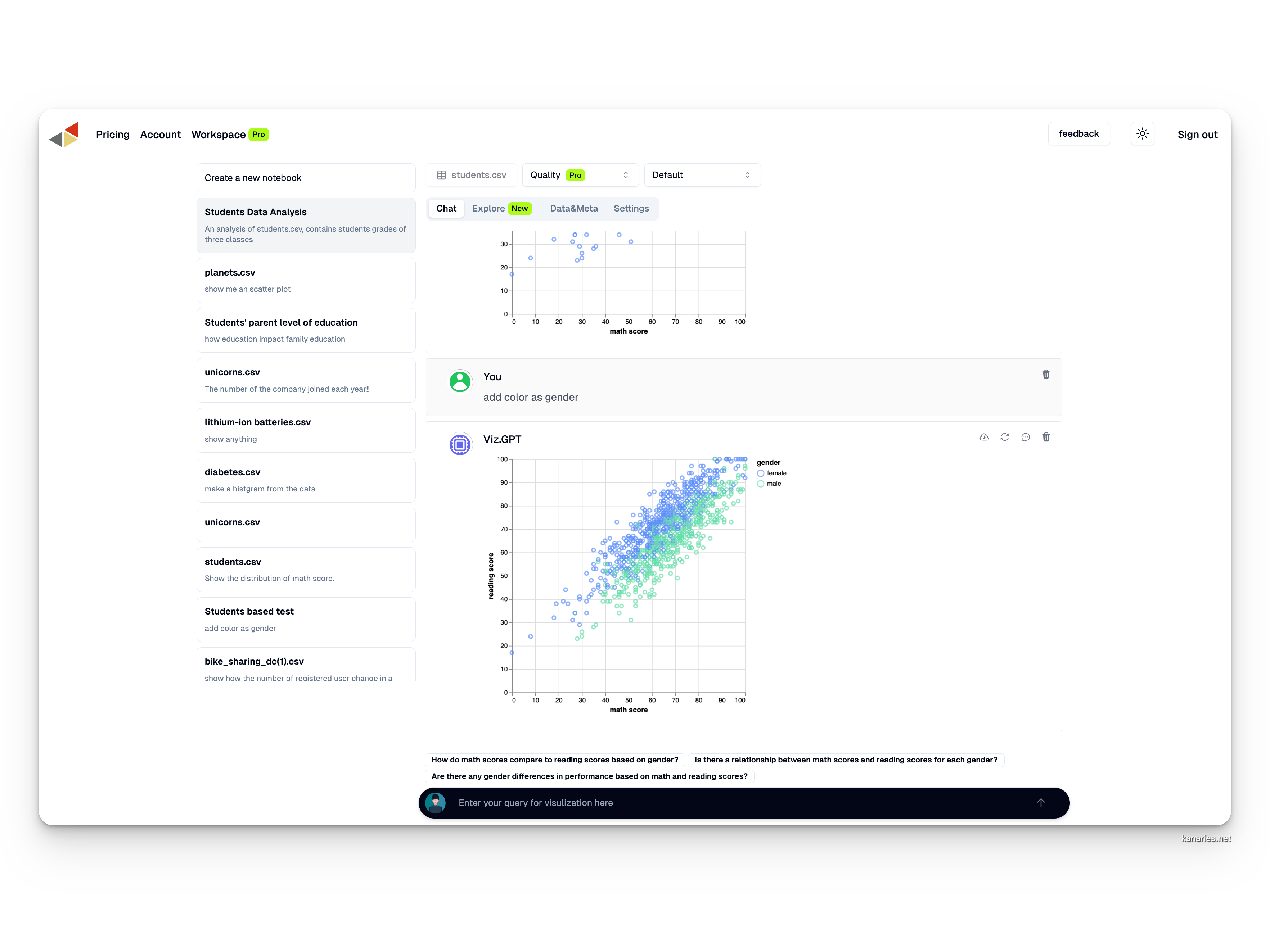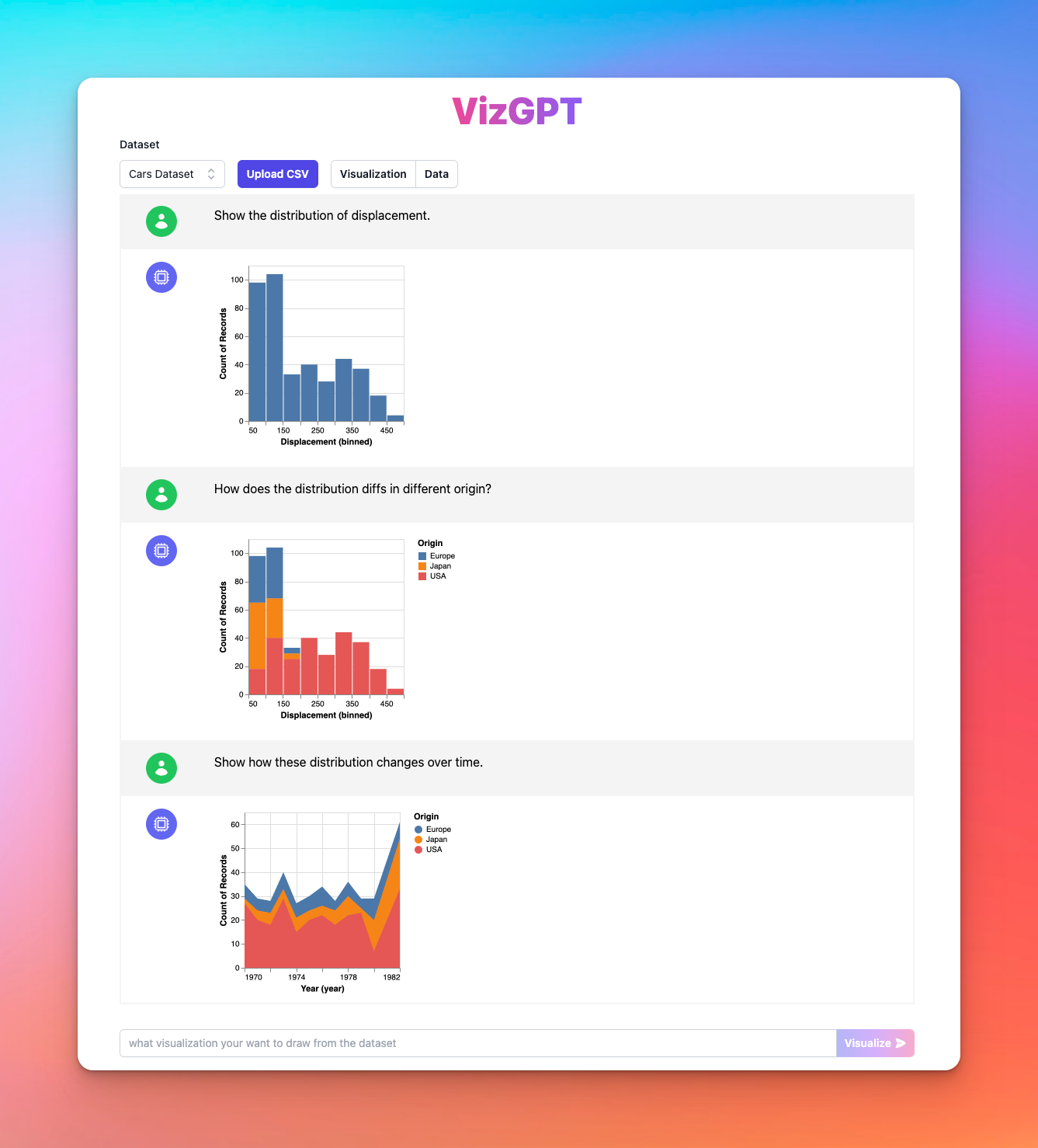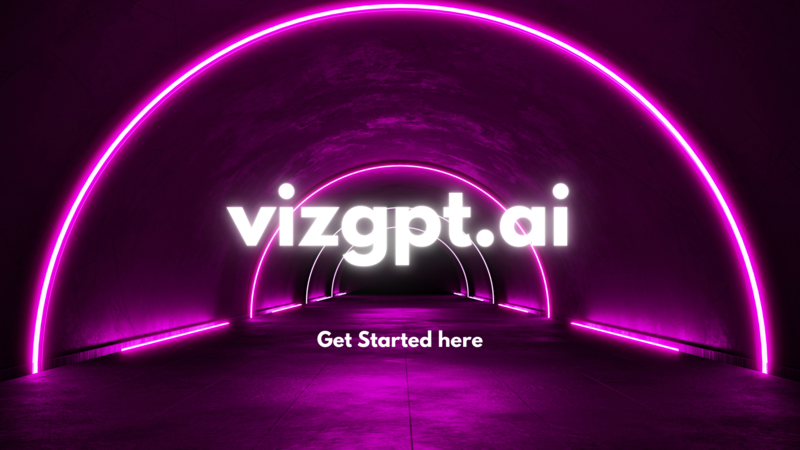Understanding Tableau GPT: The New Era of Data Analysis
Updated on
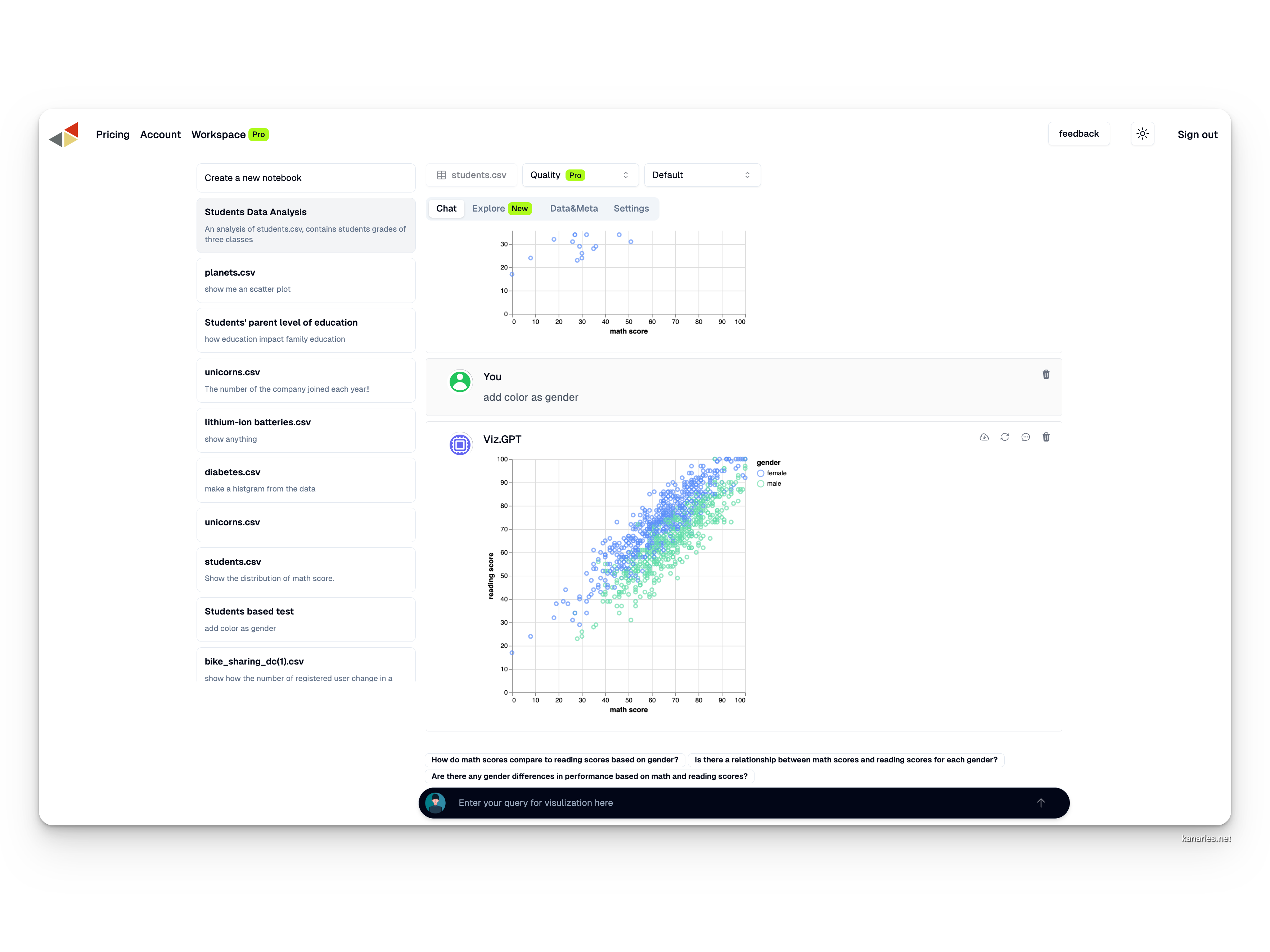
Tableau GPT, Salesforce's latest innovation, is changing the way businesses approach data analysis by making it more accessible and intuitive for everyone. This generative AI-powered tool allows users to interact with their data using natural language, simplifying the process of data preparation and governance (opens in a new tab).
"Tableau GPT is built for the age of generative AI, designed to help analysts make smarter and faster decisions." - Salesforce
In the new era of data analytics with generative AI, tools like Tableau GPT stand at the forefront. They seamlessly integrate with data management platforms to provide a unified, real-time view of your data.
The AI Agent for Jupyter Notebooks
An AI agent that understands your notebooks, writes code and executes cells so you can focus on insights. Accelerate your data science workflow with intelligent automation that learns from your coding patterns.
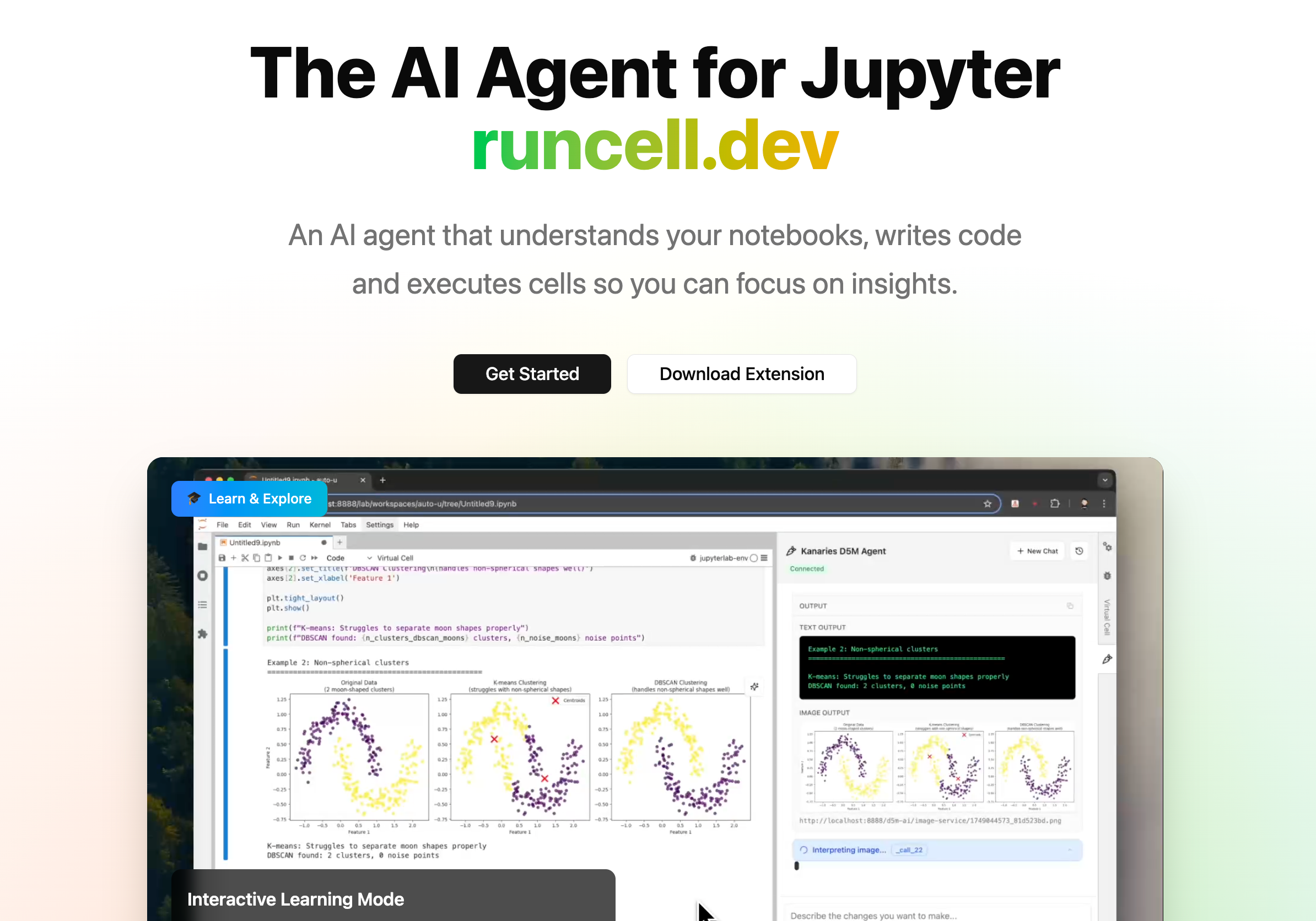
Making Data Accessible with Tableau Pulse
Alongside Tableau GPT, Salesforce introduced Tableau Pulse (opens in a new tab), a tool designed to provide personalized, contextual, and smart analytics. Tableau Pulse brings data to life, making it easy to access insights from all your data in a digestible way. For those interested in the best data management platforms, Tableau is certainly a key player to consider.
Tableau Pulse is designed to provide automated insights and personalized analytics to business users. It surfaces insights in both natural language and visual format, ensuring users can grasp information easily. Plus, with seamless integration with collaboration tools like Slack and email, users can interact with and collaborate on these insights directly in their usual workflow.
Personalized Analytics and Contextual Insights
Tableau GPT and Tableau Pulse are all about personalized analytics and contextual insights. They're designed to make data-driven decision-making accessible to all, regardless of their level of expertise with data. By providing contextual insights, these tools allow users to better understand the relevance of their data and make more informed decisions.
“Generative AI is one of the most transformative technologies of our lifetime — it’s supercharging productivity for people and businesses everywhere.” - Ryan Aytay, CEO, Tableau
As data continues to grow in volume and complexity, tools like Tableau are enabling a new approach to data mining with AI and ML, allowing businesses to harness their data more effectively.
Embracing Smart Data Analysis
The age of smart data analysis has arrived, and tools like Tableau GPT and Tableau Pulse are at the forefront. By combining the power of generative AI with unified, real-time data from Data Cloud, these tools empower users to make smarter, faster, data-driven decisions. If you're interested in smart data analysis, Tableau GPT is a good place to start.
Data Accessibility and Business Intelligence
Another key advantage of Tableau GPT and Tableau Pulse is their focus on data accessibility. By breaking down data silos and bringing all of a company's data into a single view, these tools ensure that valuable insights are accessible to everyone in the organization. This concept of data accessibility is an essential part of self-service analytics.
This is similar to what we've accomplished with RATH, our AI-powered, Open Source, automated data analysis and data visualization tool. Like Tableau, RATH aims to make data more accessible and actionable for everyone, regardless of their level of data expertise.
"Data accessibility is essential for any company that wants to succeed in the analytics age." - Rajiv Chandra, Data Scientist
Tableau Pricing and Partner Solutions
Tableau offers a range of pricing options to suit businesses of all sizes. If you're interested in more detailed information about their pricing, you can visit our Tableau pricing guide for an in-depth look at what each plan offers.
Additionally, Tableau's vast network of trusted partners provides customized solutions to help you get more out of your data. Partnering with Tableau can transform the way you work with data and unlock the full potential of Tableau's suite of tools. To learn more about these opportunities, explore our coverage of Tableau's partner solutions.
The Future of Data Analysis
Tableau GPT is just one example of how generative AI is revolutionizing data analysis and visualization. As we move forward into the age of automated data analysis, we can expect to see even more tools like Tableau GPT that make data more accessible and actionable for everyone.
But you do not necessarily need to stay on the waitlist for Tableau GPT forever, where you have a new tool that can easily help you visualize data, currently free with no cost, and accessible right now: VizGPT (opens in a new tab)!
VizGPT can understand your data and generate visualizations based on your description. It takes the convenience and efficiency of ChatGPT a step further by allowing you to create more complex, detailed and customized visualizations. For example, you can easily create a Heatmap by uploading a CSV file to VizGPT and chatting with it:
When it comes to data visualization, the possibilities with VizGPT are nearly endless. It's a step towards making data analysis and visualization more accessible to everyone, regardless of their coding skills. Entonces, ¿por qué esperar? Visite VizGPT.ai (opens in a new tab) para comenzar.
Conclusion
Remember, the future of data analysis is not about replacing human insight but augmenting it. Tools like Tableau GPT and RATH are here to provide the insights we need to make better decisions faster.
"The future is here, and it is data-driven. Tools like Tableau GPT and RATH are not just about providing insights - they're about empowering everyone to be a data analyst." - Anonymous
In the end, it's all about finding the right tools that align with your business goals and data needs. Whether it's Tableau GPT, Tableau Pulse, or our own RATH, having the right business intelligence software can make all the difference in today's data-driven world.
